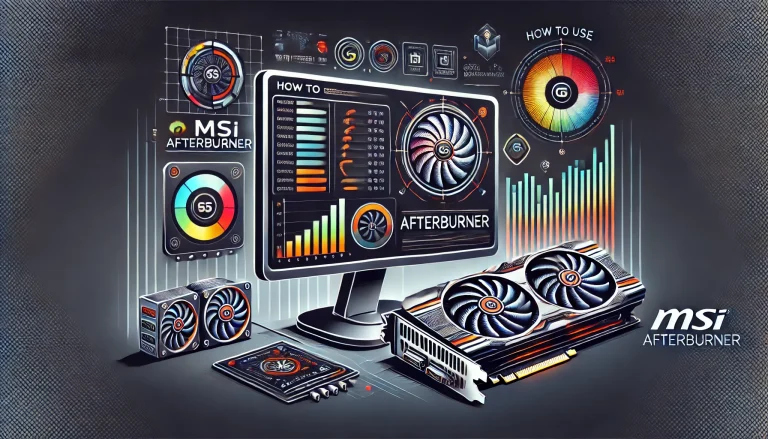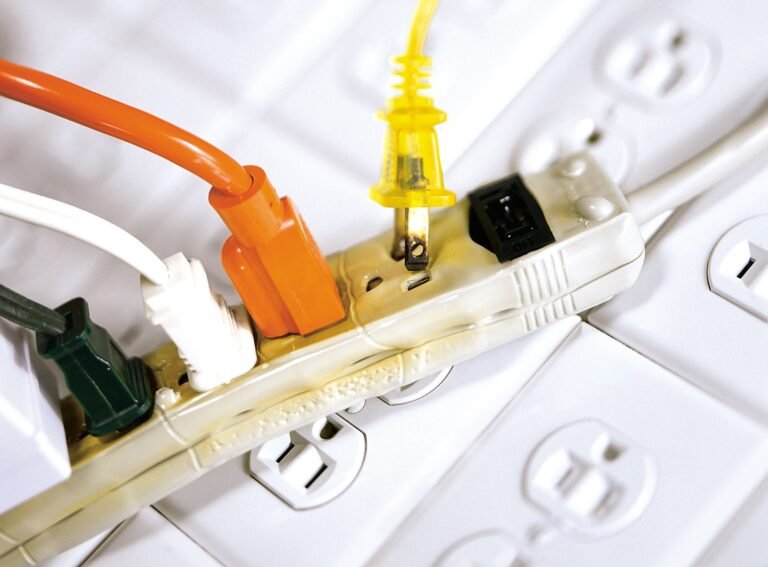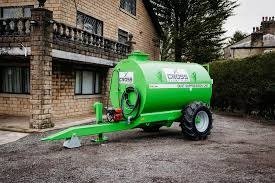Maintaining a commercial roofing system is crucial for the longevity and performance of any building. A well-maintained roof can protect against weather elements, improve energy efficiency, and avoid costly repairs. Year-round maintenance is essential to prevent small issues from escalating into significant problems. By implementing a consistent maintenance plan, property owners can ensure their roofs remain in optimal condition, providing safety and peace of mind. We will explore practical steps for year-round roof care, from regular inspections to seasonal adjustments that protect against damage and extend the roof’s lifespan.
Regular Inspections: The Foundation of Roof Maintenance
Conducting regular inspections is the first step in maintaining a commercial roof. Regular checks help identify minor issues, such as cracks or leaks before they become major concerns. Ideally, roof inspections should occur at least twice a year—typically in the spring and fall. These inspections allow you to assess any damage that may have occurred due to winter storms or summer heat. During each inspection, check for signs of water pooling, cracked or missing shingles, and areas where the roof surface may deteriorate. Paying close attention to seams, flashings, and gutters is also important, as these areas are prone to leaks and water damage.
In addition to bi-annual inspections, arrange for a professional evaluation after severe weather events, such as heavy rainstorms, hail, or hurricanes. Extreme weather can cause damage that may not be immediately visible, such as small punctures or structural weakening, leading to significant issues if left unaddressed. A thorough inspection includes both the rooftop and the interior of the building, particularly ceilings and walls that might exhibit water stains or mold growth—both indicators of a roof leak. Investing time in regular inspections can reveal early signs of wear and prevent expensive repairs down the line.
Seasonal Preparations for Weather-Related Challenges
Each season brings specific challenges for commercial roofing systems, and being proactive in preparation can make a big difference. In the spring, clear any accumulated debris over winter, especially in gutters and downspouts, to allow proper water drainage. Spring is also a good time to check for damage from ice dams or snow load that might have affected the roof structure. Addressing these issues before summer’s intense heat prevents them from worsening.
During summer, high temperatures and UV radiation can cause the roof materials to expand and contract, leading to cracks or weakened areas. Reflective coatings or roof sealants can be applied to protect against UV damage and reduce heat absorption, lowering the building’s cooling costs. It is also essential to monitor for signs of mold or algae growth, as high humidity levels create an ideal environment for these organisms to thrive. Roof cleaning can help prevent the spread of mold and keep the surface looking clean and professional.
In autumn, focus on preparing the roof for colder weather by checking for loose or damaged shingles and ensuring the gutters are clear of leaves. This prevents blockages, which can lead to water pooling and ice buildup when temperatures drop. Fall maintenance is critical for ensuring the roof can withstand winter weather conditions, such as snow and ice accumulation. Proper insulation is another important consideration, as it helps prevent heat from escaping, which can cause snow on the roof to melt and refreeze, creating ice dams that damage the roof and gutters.
Winter presents unique challenges due to heavy snowfall, ice, and freezing temperatures. Consider having a snow removal plan to avoid excessive snow load, especially if your area experiences heavy snowfall. Avoid using sharp tools or heavy equipment for snow removal, as these can damage the roofing material. Instead, opt for roof rakes designed for snow removal, which are gentler on the surface. Additionally, ice dams must be managed properly; they can cause serious water damage by forcing melted snow to seep under the shingles.
Roof Cleaning: Maintaining a Healthy Roof Surface
Keeping a commercial roof clean is often overlooked but essential to overall maintenance. Dirt, algae, moss, and debris can accumulate on the roof, leading to potential structural issues and an unsightly appearance. A clean roof in Missouri City is less prone to damage, as debris buildup can trap moisture, which can weaken the roofing material and promote mold growth. Roof cleaning should be performed at least once a year, with extra attention given to areas that are shaded or prone to moisture retention.
Choose cleaning methods that are safe for your roof type. Power washing may seem effective, but it can be too harsh for certain roofing materials. Instead, use low-pressure washing techniques or specialized cleaning products that target algae and moss without damaging the roof surface. In addition, using eco-friendly cleaning solutions can prevent harmful chemicals from seeping into drainage systems. Regular cleaning not only extends the roof’s life but also improves its reflectivity, which can aid in reducing cooling costs for the building.
Maintaining a commercial roofing system year-round requires a commitment to regular inspections, seasonal preparations, and proactive care. By implementing a structured approach to roof maintenance, property owners can protect their investments and reduce the likelihood of unexpected repairs. Each season presents unique challenges, from spring cleaning to winter snow removal, but with attention to detail and timely interventions, these challenges can be managed effectively. We have explored how consistent maintenance leads to a long-lasting, efficient roof that protects your building and enhances its performance.







